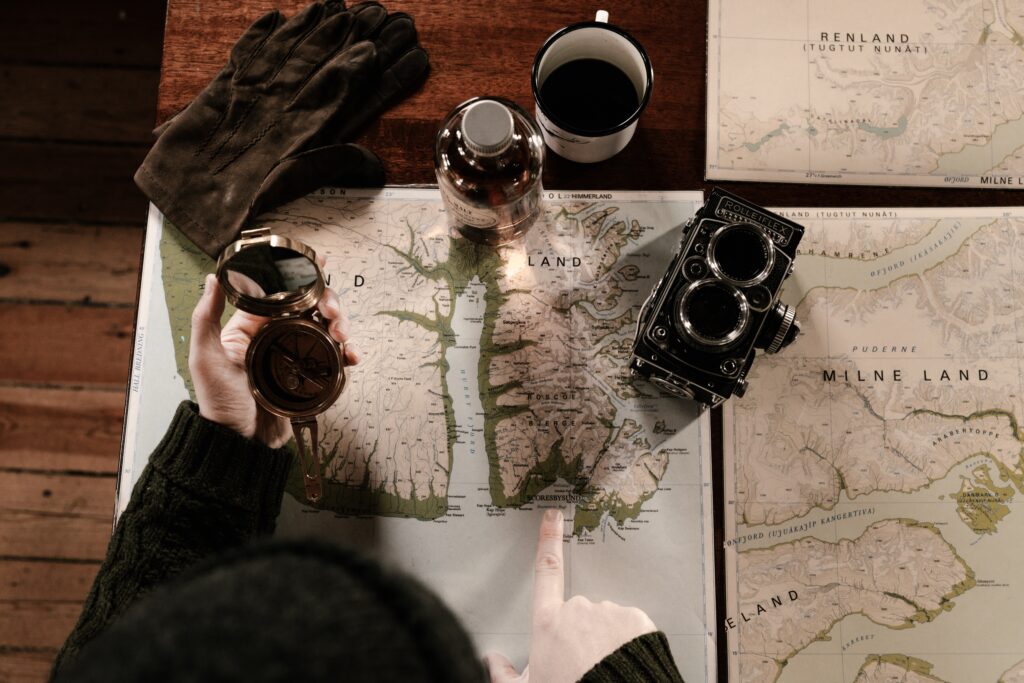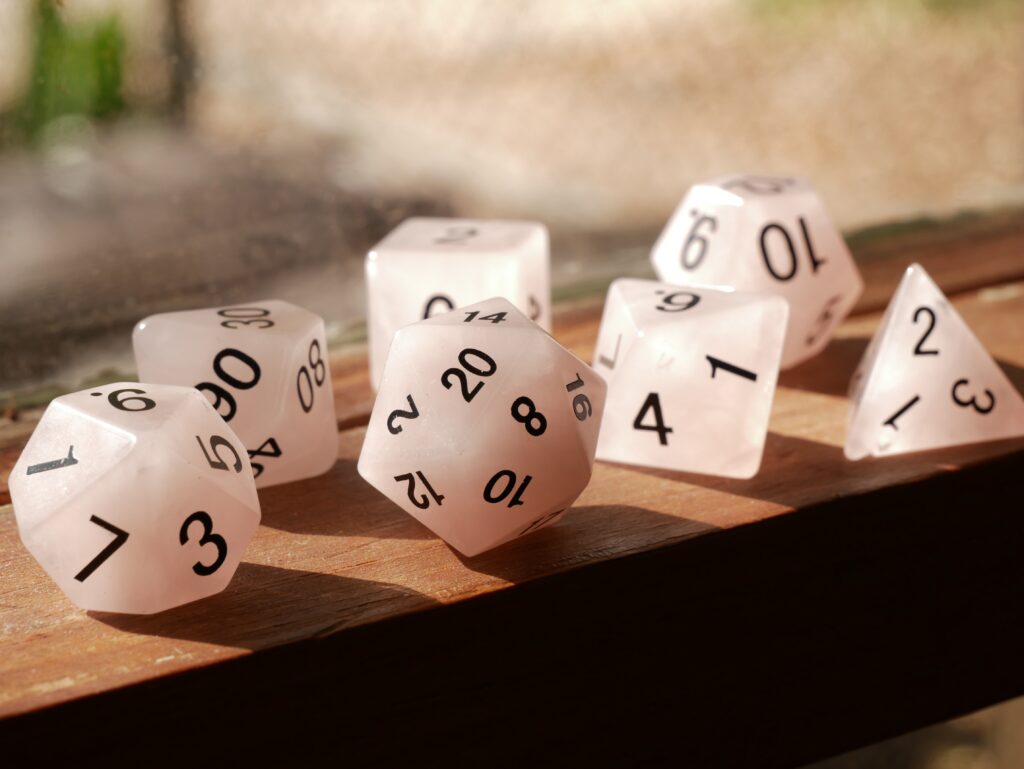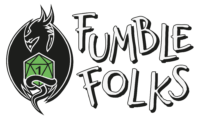When it comes to playing Dungeons and Dragons, Pathfinder or any other TTRPG, one of the most exciting aspects is crafting your own adventures and campaigns. As a Game Master (GM), you have the power to build a unique world and story for the players at your table. In this blog post, we will delve into the process of creating custom adventures and campaigns for your group, offering up some examples and tips for GM’s as you embark on your own homebrewing journey!
Conceptualise your World
The first step in crafting a custom campaign is to create a captivating world. Decide on the setting, whether it be high fantasy, post-apocalyptic wasteland, far flung space trails, or something entirely unique. Consider the themes you want to explore and the tone you want to set. For example, you might envision a world where magic is outlawed, and your players are rebels fighting against oppressive forces (Like our setting of Osasris!)
Creating a captivating and immersive world is the foundation of any campaign. Here you can let your creativity shine and your ideas flow. Here are some things to consider as you make your world:
- Setting – Begin by choosing the setting for your campaign. Is it high fantasy? Sci-fi? Your setting will influence the overall tone of your campaign.
- Geography and Map – Once you’ve decided on the setting, consider the geography. You don’t have to map the entire continent right away, but knowing where your major landmarks are in relation to each other helps tie the story together!
- History and Lore – Every world has a history, and your world is no different. Develop as much lore as you feel is needed like historical events, legendary figures or epic conflicts. This helps to make your campaign a living and breathing world.
- Everything else – While these might not be needed for your game, you could consider the politics and factions of your world. What is its cultural diversity? How much magic or technology exists? Are there any wars ongoing? All of these things can be background and unnecessary, or make for the most interesting aspects of your world.

Creating Engaging NPCs
Compelling non-player characters (NPCs) can breathe life into your world. Develop a cast of diverse NPCs, each with distinct personalities, motives and backstories. Just like real life, no two people are completely the same. For instance, is the bandit leader a cut-throat only seeking wealth or a charismatic rebel leader looking to fight the establishment? Depending on those choices, your stories can go in wildly different and exciting directions.
Outline your Plot
With your world and NPCs in mind, outline the main plot of your campaign. What is the central conflict, and what are the goals the players must achieve to resolve it? Build in twists, mysteries and unexpected developments to keep your party engaged. Using the above example, our rebel leader could be harbouring a dark secret that if uncovered, could change the course of the campaign.
If you want to use a tried and true method, we can always turn to the Hero’s Journey:
- Call to Adventure – This is where the players receive a quest or face a looming threat related to the overall story.
- Refusing the Call – This is a useful tool used in storytelling, as it allows you to use the players unique backgrounds as to why they might be reluctant to go. Do they fear for themselves, their family, or is it just selfishness? All can allow you to tell a richer story.
- Crossing the Threshold – This can be the physical journey into a mystic realm, a dangerous land, or simply out of the characters’ front door. Either way, this is where the core of our story begins.
- Tests, Allies and Enemies – As they face various challenges and meet allies and get to know the antagonists, this usually makes the main part of a story arc.
- The Approach to the Inmost Cave – This is the term used for the journey towards the final battle, like heroes approaching the deepest part of the Dragon’s lair.
- The Ordeal – This is the climactic battle, where everything is on the line and your party has been working towards it since the beginning. Be it epic magic duels, massive all out war or the final word, this is the bombastic highlight of your story.
- The Reward – This could be a treasure, a power, or simply peace, but here is where your party gets the pay off for all their hard work.
- The Road Back – This represents the journey home, reflecting on their time together, the adventures they went on and the memories they have made together.
- The Return – This is where the party hangs up their armour and blade, staff and quill, returning to the life they had before your story. How has this adventure changed them? Can they simply return to their old lives?

Develop Side Quests
Side quests and subplots add depth to your campaign and allow your players to explore the world you have created. These can be connected to the main plot, standalone adventures or tied into your players backstories. The third option is always a fantastic choice to engage your party and encourage some roleplaying.
Encourage Player Agency
While you have crafted a world and story, it’s crucial to allow your players to make meaningful choices. Let them influence the direction of the campaign, and be prepared to adapt to their experiences and decisions. Flexibility is key to making and immersive and memorable experience, even if it wasn’t the one you originally planned for.

Homebrew Rules
Homebrew rules, such as custom classes and spells, can add a lot of flavour and player expression to your campaign, but make sure you check them over with your party before starting your campaign. Overcomplicating with main rules can overwhelm your players. Balance is key; ensure that what gets used doesn’t break the game, or if it does, that everyone on the table is ok with the direction.
Engage the World
Try to describe the world through its sights, sounds, smells and textures. We experience real life with more than just our eyes, so paint a vivid picture of the environments and creatures your players encounter.

Learn from your Players
Finally, be open to feedback. Pay attention to what excites and engages your players, and adjust your campaign accordingly. TTRPG’s are a collaborative storytelling medium, and the best campaigns evolve over time.
In TableTop, crafting unique worlds and campaigns is among the most rewarding of endeavours. With a well-constructed world, engaging NPCs and a compelling storyline, you can provide your party with an unforgettable experience. Remember to balance your creativity with player agency and always, always expect the unexpected! And, when all else fails and your party goes off the rails, feel free to throw a few owlbears at them to get them back on track!
